December marks the peak season for the cruise industry as thousands of families set sail for the Christmas holidays. With such high demand, ensuring Cruise Ship MediKit accessibility becomes a top priority for vessel operators. Managing health across a massive ship with diverse visitor sections requires professional, portable tools. SmartFuture provides the essential technology to keep every passenger and crew member safe during their festive voyage.
Enhancing Health Across All Ship Sections
A modern cruise liner features numerous sections, from fitness centers and pools to expansive dining halls and kids’ clubs. The Cruise Ship MediKit is the perfect addition to these high-traffic areas because of its portability. Staff can easily transport the lightweight kit to any deck or cabin in the event of a medical concern. This versatility ensures that health monitoring is never restricted to a single stationary infirmary.

Professional Diagnostics Inside the MediKit
Inside every Cruise Ship MediKit, operators find a comprehensive suite of diagnostic tools designed for rapid assessment. The kit includes a blood pressure monitor, pulse oximeter, thermometer, and glucometer. These devices allow staff to monitor vital signs instantly, which is crucial when traditional hospital access is miles away. Having these tools organized in one compact box simplifies the medical response time significantly for non-medical staff.
Rugged Design for Harsh Maritime Conditions
SmartFuture builds each Cruise Ship MediKit with a rugged, waterproof housing to withstand harsh maritime conditions. Salt air and high moisture levels often damage standard equipment at sea. This durable protection ensures that the sensitive electronics remain functional even on open decks or near pool areas. Consequently, this reliability makes it the most practical health investment for a maritime business operating during the busy winter season.
Remote Connectivity for At-Sea Security
Communication is critical when navigating the open ocean far from land-based support. The SmartFuture Cruise Ship MediKit features advanced remote data transmission, allowing health metrics to be sent securely to onshore medical centers. If a passenger requires a specialist’s opinion, the ship’s crew can share real-time data with experts immediately. This connected care model provides an extra layer of security for both the visitors and the cruise company.
Investing in Passenger Welfare This December
Choosing to implement the Cruise Ship MediKit demonstrates a serious commitment to passenger welfare during the busy Christmas season. It enhances the reputation of the cruise line as a safety-first provider in a competitive holiday market. Providing high-tech health solutions ensures that every traveler enjoys a worry-free and healthy festive experience. Contact us today to secure your fleet for the upcoming holiday rush.
Remote Care Solutions for Healthcare (CTA)
-
Phone (SG/Global): +65 8836 0984
-
Phone (US/CA): +1 (512) 717-6408
-
Email: sales@oursmartfuture.com
-
Singapore Address: 246 Macpherson Road, #03-01 Betime Building, Singapore 348578
-
US Address: 651 N Broad St, Suite 201, Middletown, Delaware 19709
-
Follow our newsletter. We will regularly update our latest project and availability.





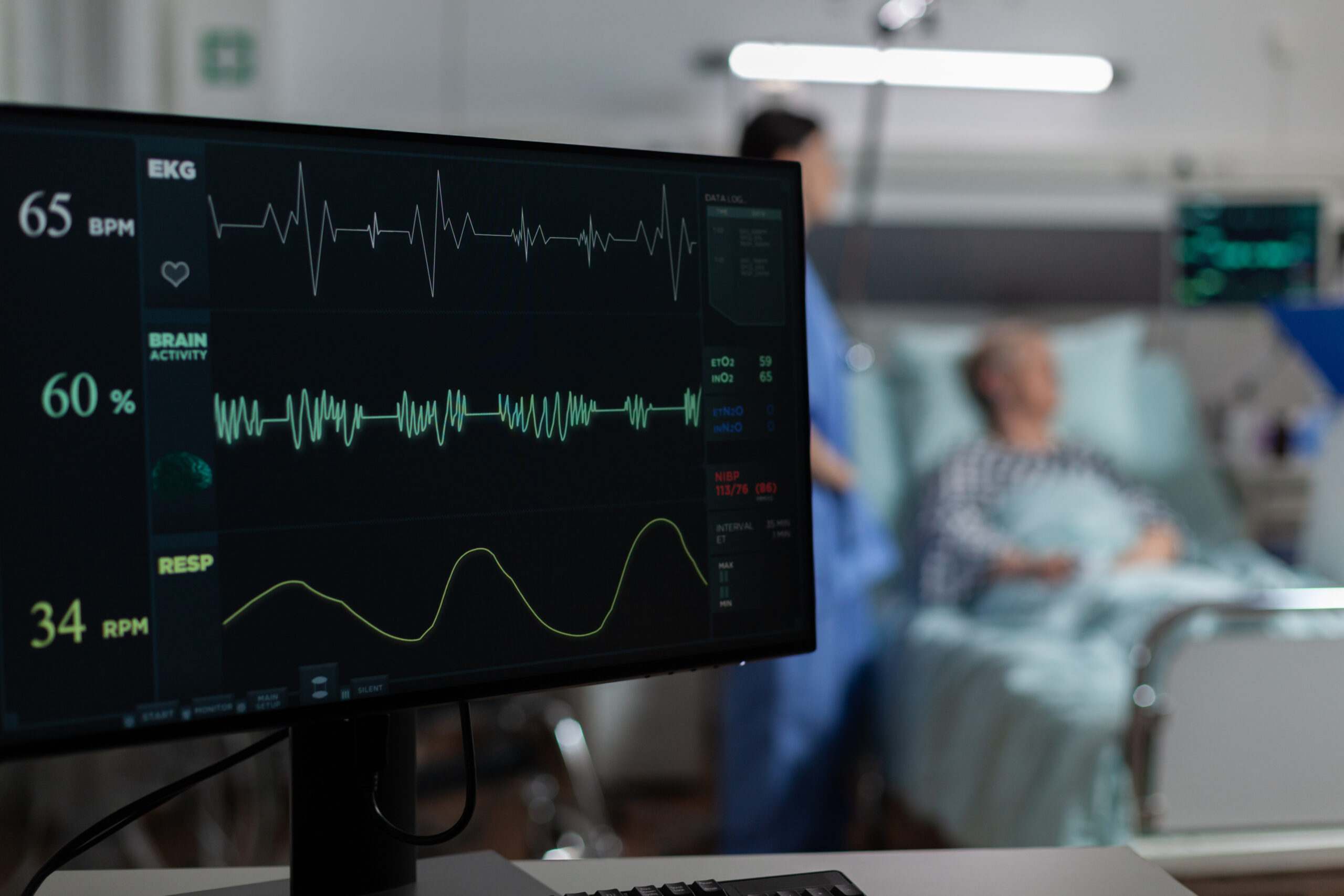

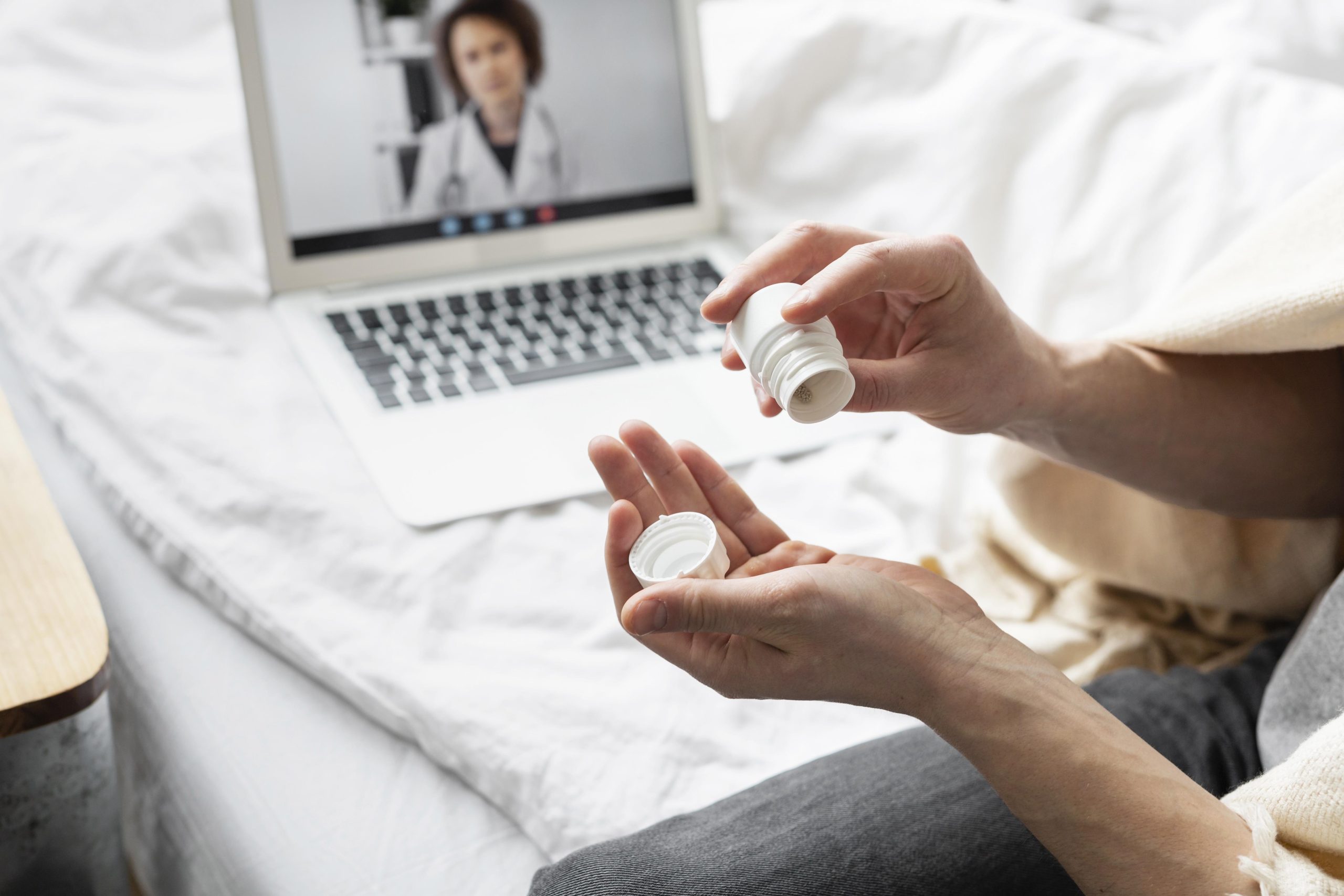












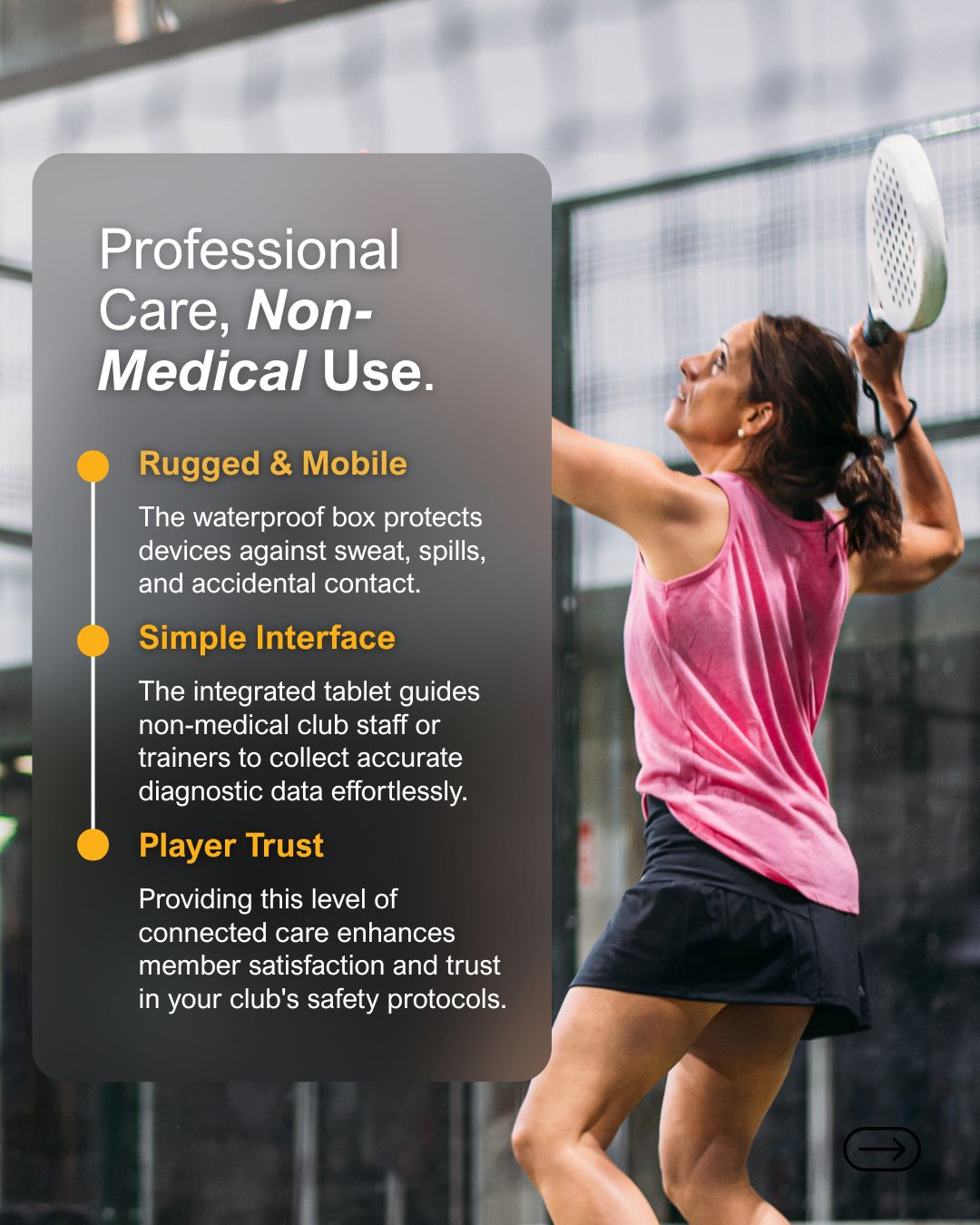
 Email:
Email:  Call (SG): +65 8836 0984
Call (SG): +65 8836 0984
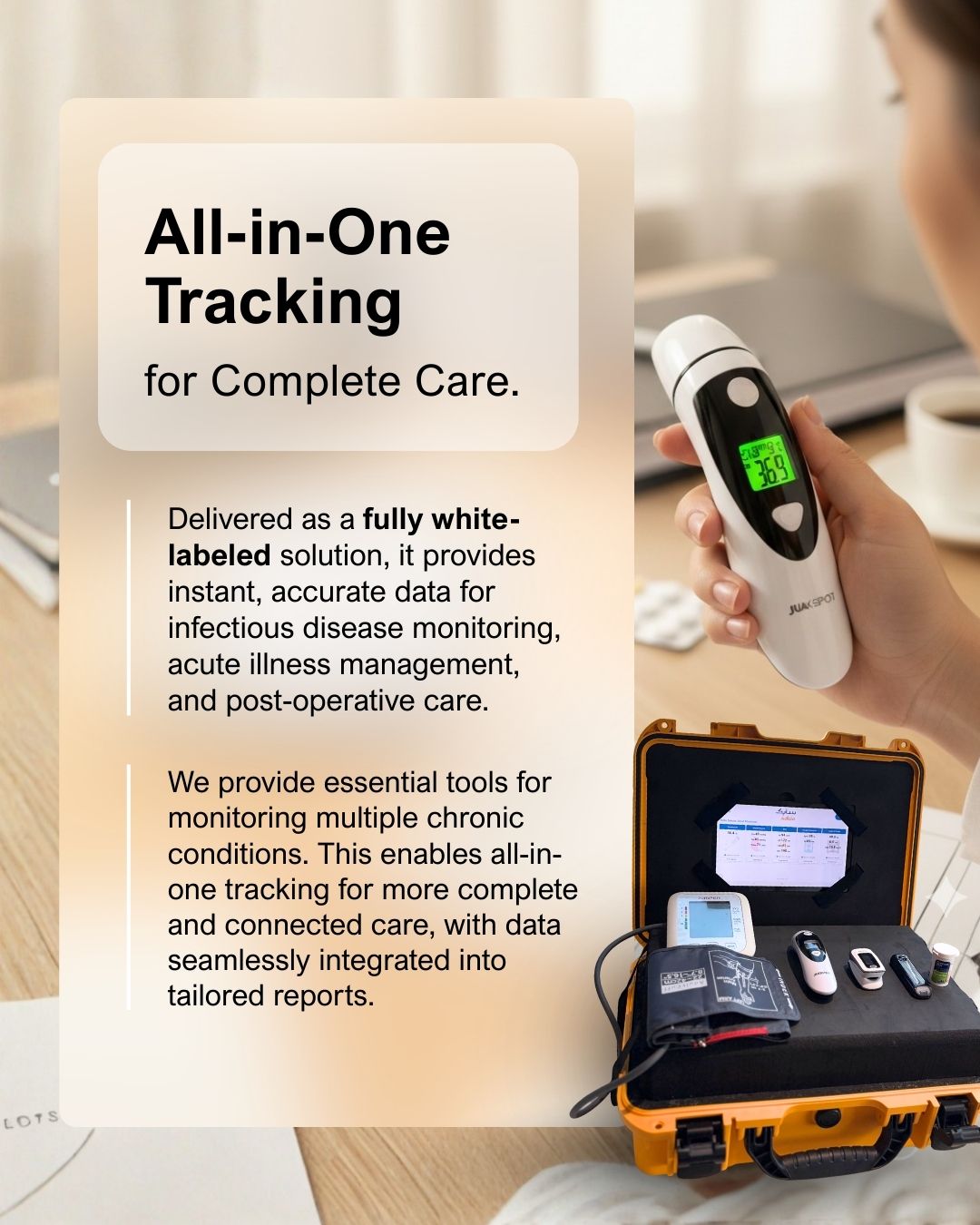

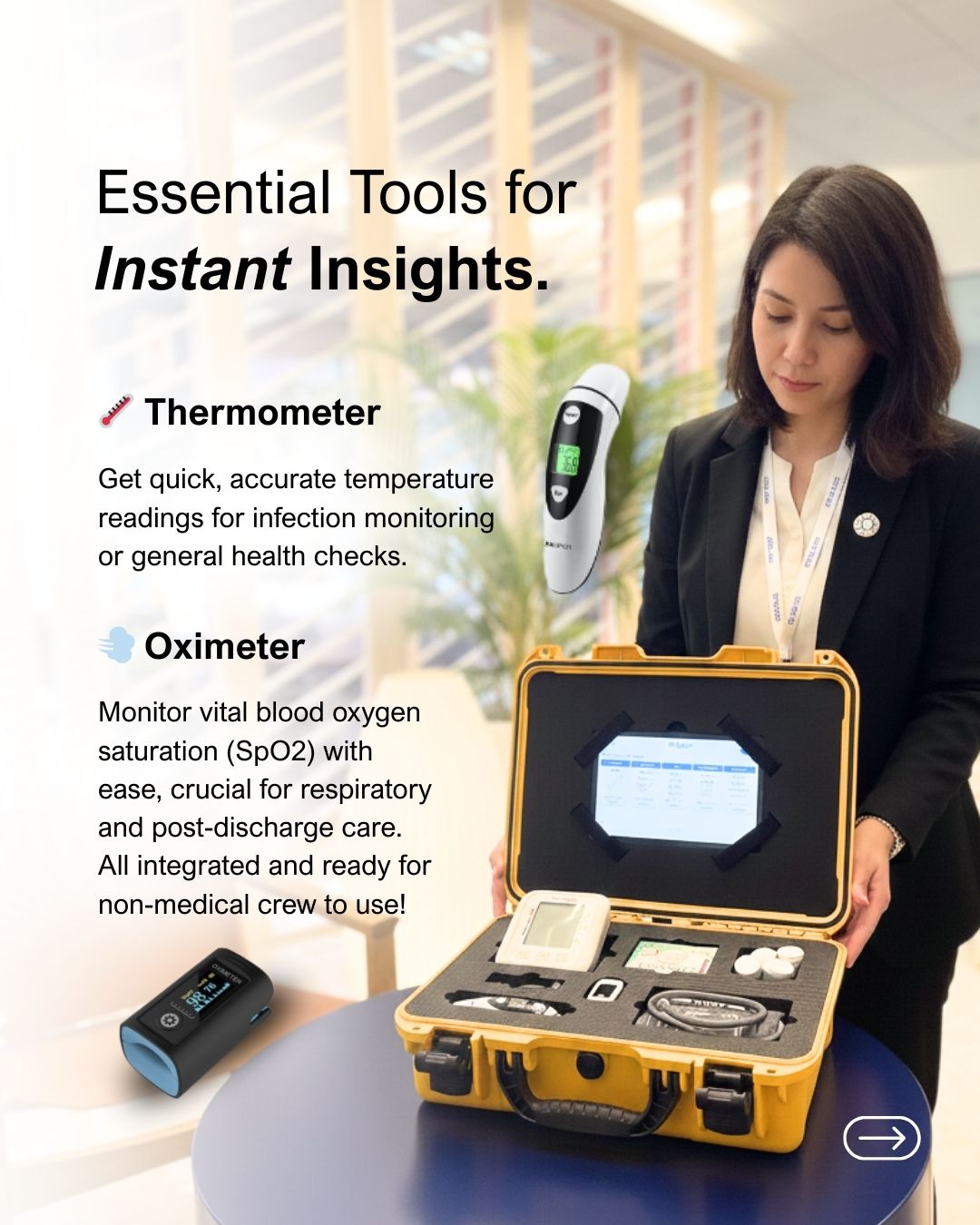
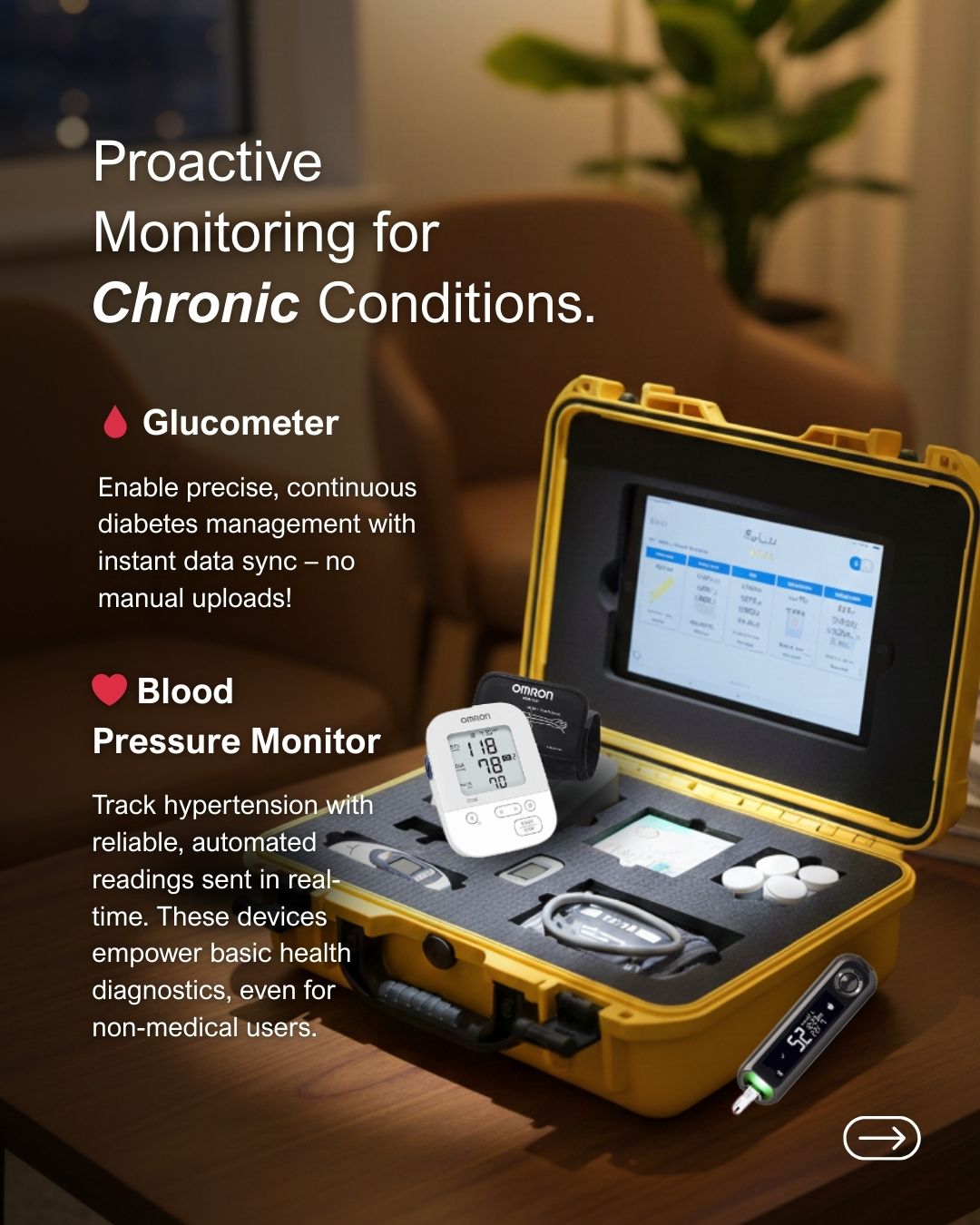


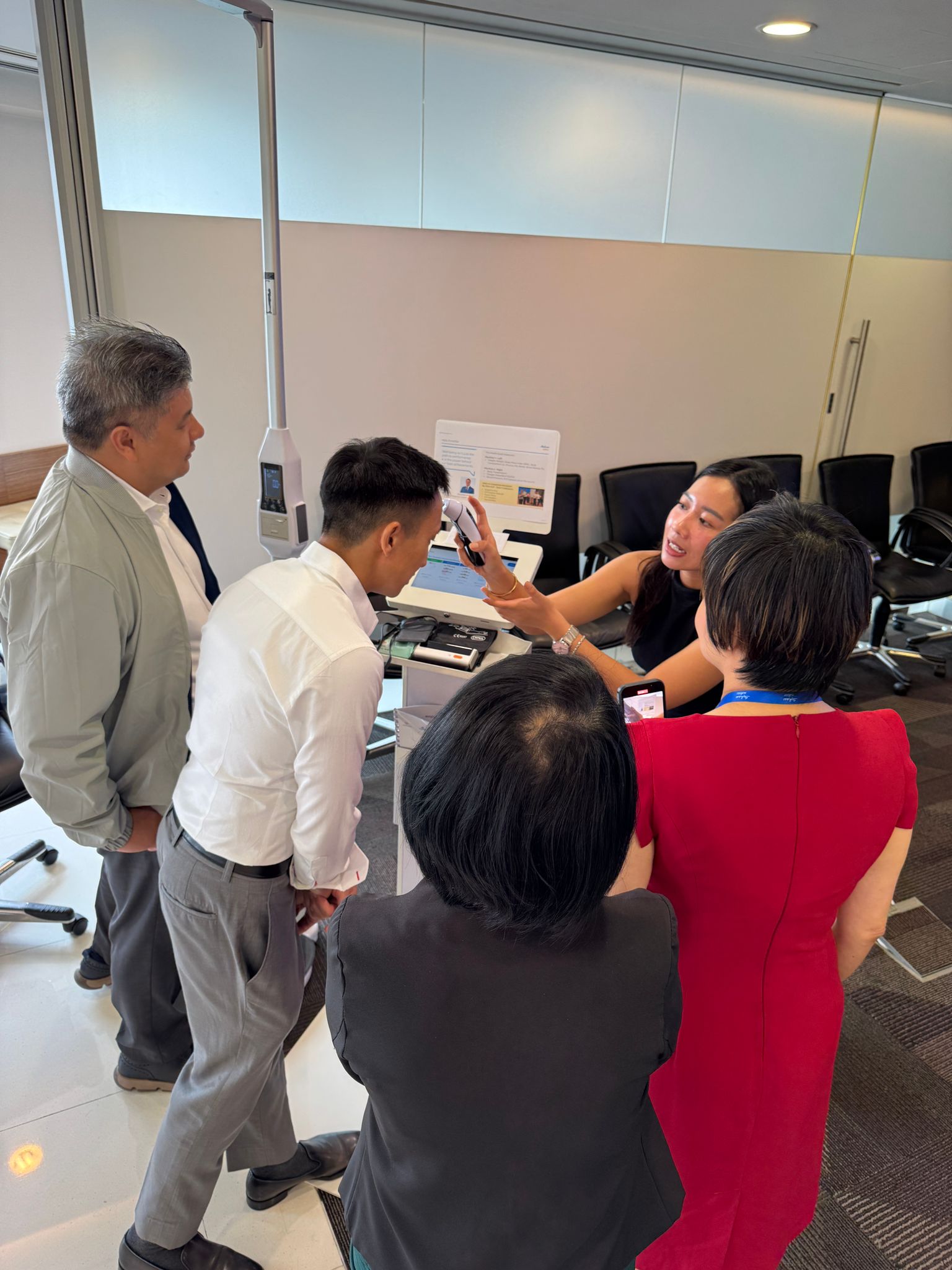
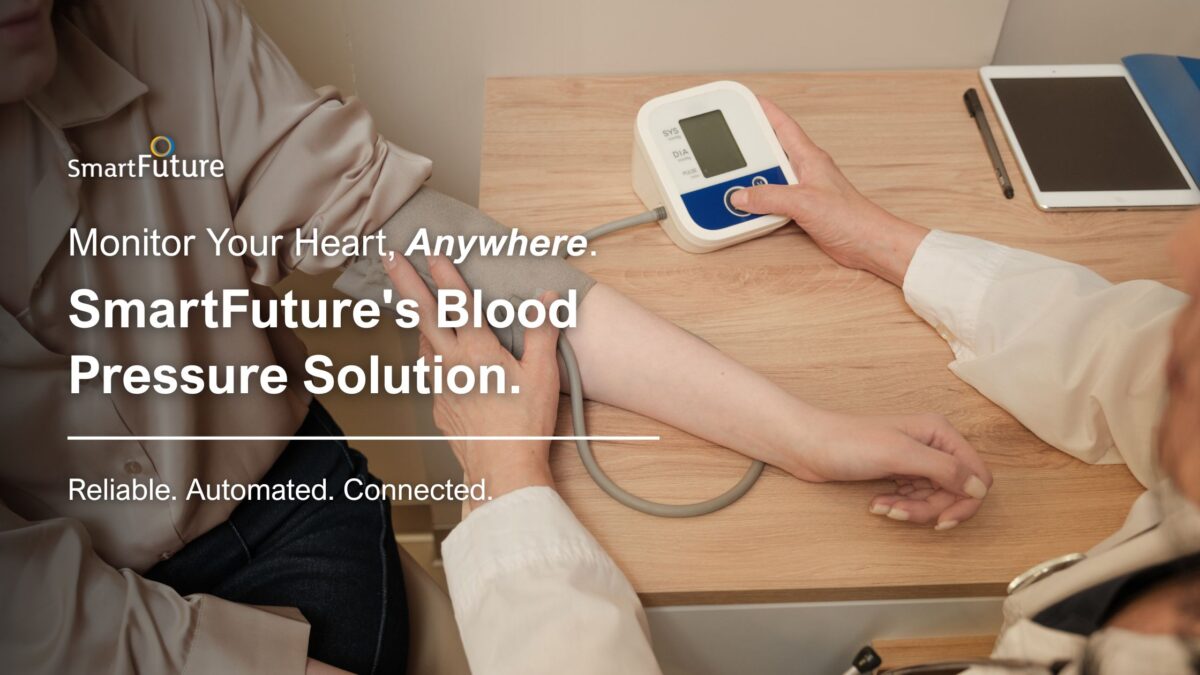


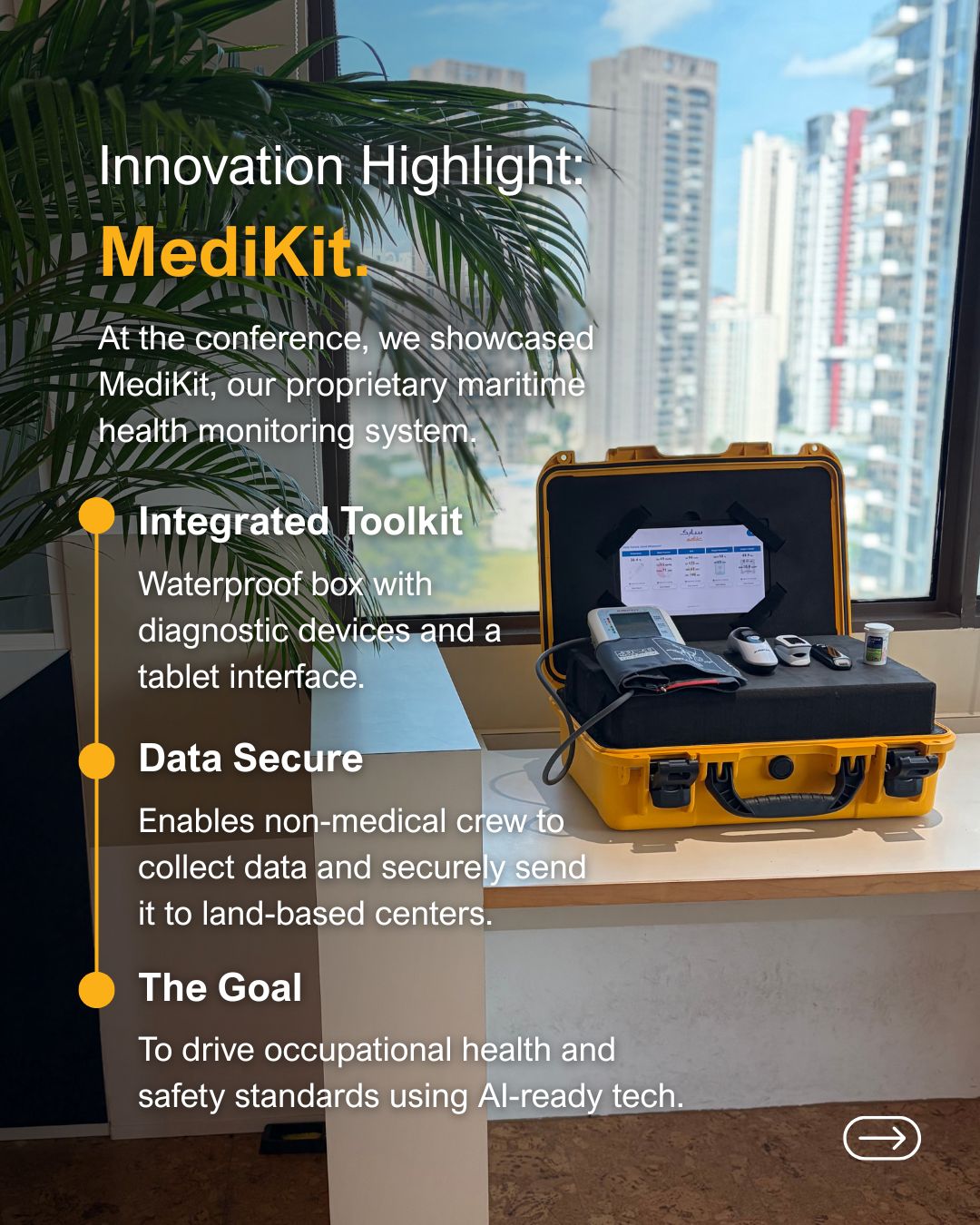
 +65 8836 0984
+65 8836 0984 sales@oursmartfuture.com
sales@oursmartfuture.com 246 Macpherson Road, #03-01 Betime
246 Macpherson Road, #03-01 Betime 




